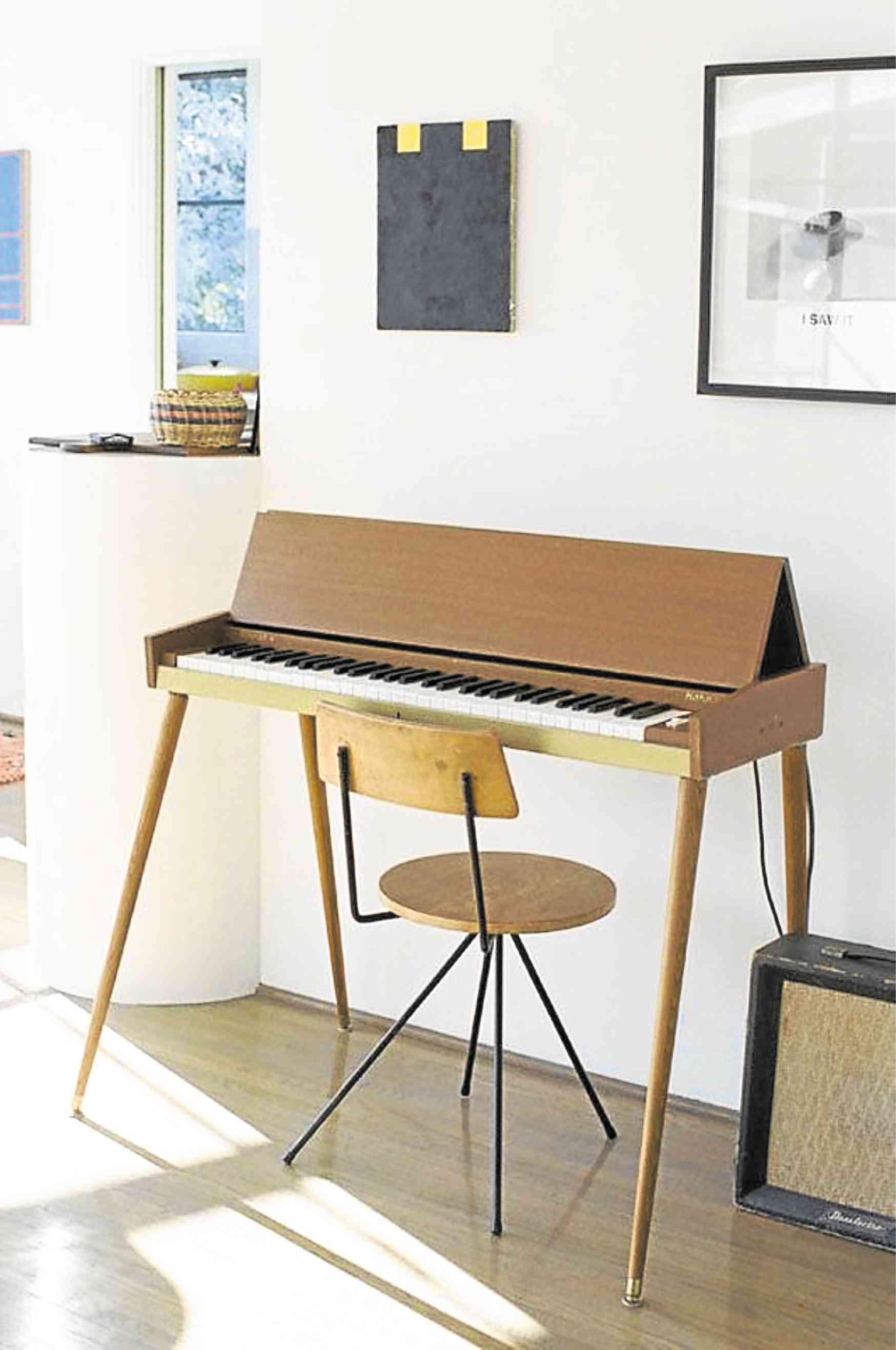Having a space you can call your own can be exciting, but sprucing it up to fit your taste and lifestyle can also be a tad arduous. It takes research, resource and persistence. To make this task a bit easier for you, here are a few basic guidelines on how you can decorate your own space.
Create your identity
The first, but probably hardest, thing to begin with is creating the overall scheme of your space. Scheme refers to the general concept that will hold all the interior elements together.
You can reflect your interest in your room’s scheme, whether you want nature, travel or sports. A musician? Allot a place for that keyboard and make it a highlight piece of the room. A traveler? Find a scratch-off map to place on the wall so as guests enter, they can know the places you’ve been to. Having this general scheme can make decorating easier since you have already narrowed down your choices as to which elements to include.
Simplify
Horror vacui, or fear of empty spaces, is one of the most evident Filipino traits in today’s culture. We always come up with a way to not leave even just one inch of space unused. We all have these figurines, events tokens, and picture frames which, when displayed together, create heavy contrasts and clashing forms.
What you can do is group these items and create seasonal displays. You may want to show your candles and scents during the gloomy season of July or the reds and bright ones during the holidays. Remember that those display shelves and tables aren’t meant to be full, so it’s best to keep your decor to a minimum.
Not only will you be able to declutter and free up your space, but you will also get reacquainted with the pieces you already have and decide which ones can still be used considering your general scheme.
Neutrals never go wrong
They are timeless.
Neutral colors are those not typically found in the color wheel because they include shades of black, white, beige, ivory, taupe and brown. At this time when tastes quickly evolve, it will be easier to keep up if you have a solid base. Think of the neutrals as your interior’s foundation, layering muted tones and textures, with a timely pop of an accent color.
Use neutral colors in permanent items like the ceiling, walls, general floor finish, kitchen counter and even the cabinets. Semi-permanent pieces like a TV bench, side tables, sofa upholstery and bed frames are also recommended to be in a neutral color finish.
Soft finishes make the difference
You already have a strong base—now is the time to add in the accents. The little things that you often forget about like curtains, throw pillows, bed sheets and area rugs actually create a big difference.
Like the frames and figurines you show off in rotation, your soft finishes can be treated the same way as well. You may use a subtle blue rug and some pops of yellow during the gloomy season, or a few bright and sparkly pillow covers for the holidays. These pops of colors and prints on big neutral backgrounds will likely have an outcome that is tastefully done.
Do not rush
Do it slowly and carefully. Creating your dream space may take some time and a lot of patience. Always remember that you will be seeing and using this every day so go for value and things you know will last longer.
Invest on a few good pieces of furniture and fabrics. Take time to research. And at some point, be bold in your choices. After all, it is your space.
(References: www.homedit.com; pro.com; pixabay.com)
The author is a licensed architect specializing in architectural interiors. He recently participated in the CoLive/CoWork: Evolving the Interior Space; a design competition held in partnership between SoFA Design Institute and Goethe-institut.


